Category Archives: Uncategorized

These days, many specialists offer advice on how to live with our children who no longer go to school due to the COVID-19 pandemic. As a mother of unschooled (but educated) children and promoter of the EOTAS alternative, I dare to propose my version of schooling, meaning pretty much any other option but the one wrongly considered a classical school.
Why wrongly? Because classical school goes back to the times of the ancient sages.
The word “school” comes from the Greek “skhole”, meaning the time spent philosophizing. In Latin, “schola” meant an intermission of work, a time devoted to enjoyable learning. The philosopher Constantin Noica wrote in his Philosophical Journal:
“I dream of a school where, frankly, nothing is taught. To live in peace and quiet, somewhere on the fringes of a human settlement, and the youths, a handful of young men from around, to come there to free themselves from professorial tyranny. For lessons should be given by everything and everybody. Everything must be learnt from outside in and inside out. They are allowed one thing, and one only: to ask questions, from time to time.
But don’t you see that they, too, have something to say? And don’t you see also that we might not always have anything worth saying to them? We are mere middlemen between them and their own selves. …States of mind – that is what must be given to others; not content, not advice; not teachings.”
In ancient times, this school on the outskirts of a fortress took place in an olive grove of the Greek hero Akademos (hence, the current name of Academy). Now, in the 21st century, we go back to that idea. We have gathered youngsters eager to free themselves from tyrannies of all kinds, and we do meet, not in an olive grove, but in the Botanical Garden to discuss and research everything that falls into our hands.
We also meet in research institutes and any other circumstances that catalyse learning. Communities, facilitators and mentors got together in several cities. Ideally, we hope to find an Akademos to accommodate our efforts, allowing a free, personalised, and holistic education guided by polymaths.
I believe this is the only way our children will be able to learn, think, discern and become educated citizens, which is essential for a democracy.
In English, “holistic” comes from the term “whole”. Holistic education helps children know and understand themselves, both emotionally and rationally, both as part of a whole (the universe) and as a universe of the particles that make them up.
For some people, holism is equivalent to that 2500 years old concept from which we fail to “extract” ourselves – that man is made up of three “components”: body, soul, and spirit.
It is like saying that the universe is made up of 4 fundamental elements – water, air, fire and earth. I try to “restore” the meaning of the word “holism”, which we can hardly use because it fell into derision.
Holism is the basic principle of personalised medicine. For example, the genetic profile, correlated with already manifested diseases, allergies and other “imbalances”, allows the physician to configure a proper treatment.
Holistic education works on the same principle. Every child is a curious little human who sees the world as a fascinating playground. For a child, there is nothing more appealing than “wasting time” digging through the rocks on the banks of a river, endlessly examining their roughness, splashing around in every single puddle, shaping the clay until he/she “gets dirty” all over. Above all, there is that special feeling, flowing through all the pores, that we, the “big people”, have forgotten..
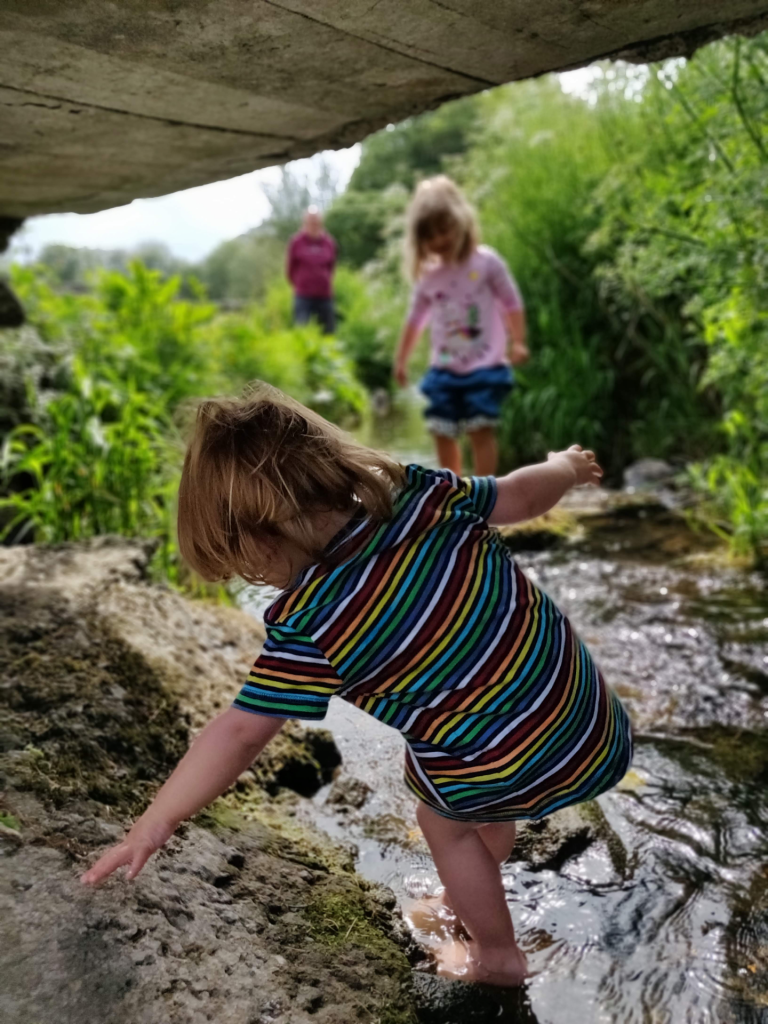
A child would stay there for hours, even days, while we, the adults, who “knew” what it “needed” to be done, told them that they need a “purpose” in life and their play “must” stop. We pull them out of that “whole” which allows them to learn through all fibres, feel through all receptors, perceive through all neurones. We stop them from expressing emotions related to actions that may seem illogical to us but have the logic of a reality to which we no longer have access. Try to remember how you were at the age of your children.
In elementary school, I loved to delay my return home from school. I used to roam the neighbouring forests without a target while enjoying all the “signals” of nature. I wasn’t looking for anything in particular, and I didn’t have a goal. It was just pure immersion in that ocean of information, of waves with different frequencies. After my mother found out what I was doing instead of going home, she started to tell me what could happen to the girls in the woods. Thus, I entered the ranks of the world.
Of course, parents only want what is best for their children. That is why we protect them and explain to them what might happen in various circumstances. If we could, we would implant chips in them for constant surveillance. We unceasingly transfer to them our anxieties, inherited or inoculated, our fears, and insecurities. Worst of all, we instil into their minds the idea that the world is a “bad place”, a place full of dangers that one must be prepared to face.
We seem to be living the safest times so far. Despite the media’s desperate efforts to convince us of the imminence of the world’s ending, statistics show that we have never lived better than we do now. Could we use this “good” to look deeper into ourselves?
This may happen if we let our guard down a little, reactivate our sensors and start taking slow and deep breaths. We could look at our children, arguably, the better copies of ourselves. Look how a child digs with a stick full of mud in a pond full of microscopic worlds without having any indication as of “what” to observe, “how” to dig, and what will “happen” to him if he gets his feet wet…
What would happen if we only breathed, watched, heard, or became aware of ourselves beyond our existential fears?
I don’t know why most people think that schooling a child is the same thing as educating him/her. Actually, I know the answer to that. That is because we are still the prisoners of a myth that says the state becomes responsible for our children, whether we talk about education, common sense, or health. The truth is that it is not the state that is responsible for them, but we the parents.
If you “make” a child only because society (your mother, father, neighbours, co-workers, etc.) asks that from you, then you end up passing on the responsibility of raising that child to those who pushed you to do it. Hence, the cognitive dissonance in which many parents, who do not know how to be parents even though they want to, end up living. Those parents astonishingly discover that they have become the clones of their own parents and landed up preaching what they “hated” the most when they were children.
I’m not looking for culprits or victims. I try to expose a problem from the perspective of a person who has children, and who has found a way to let them develop as beautiful and healthy as possible.
That is de-schooling. That is personalised, or holistic, education that offers support and does not impose things. It is done with respect and amazement towards the new beings that grow before our eyes.
I do not want to “crumple” that being by imposing some absurd limits in the name of what is proper.
That is the reason why I got to know myself very late in life, belatedly realising that I am for myself a kind of terra incognita.
Given the current situation – which will inevitably produce a global reset – we do not know what will happen next. For the time being, however, I have two happy, balanced, and healthy children that are up-to-date on their vaccines and live in full harmony with themselves. They have a common sense that I sometimes deem excessive, and they can differentiate between authentic and bullshit, also within people’s speeches.
I do not understand why there is so much noise and false competition at school, why children end up using curse words and arguing with their parents. I want to point out that the so-called “adolescence”, which I was afraid of as a mother, is just a story. If you stay at your child’s side, avoiding constant criticism, and do not unload your adult frustrations on him/her, then the child will never behave improperly.
Just go for it!
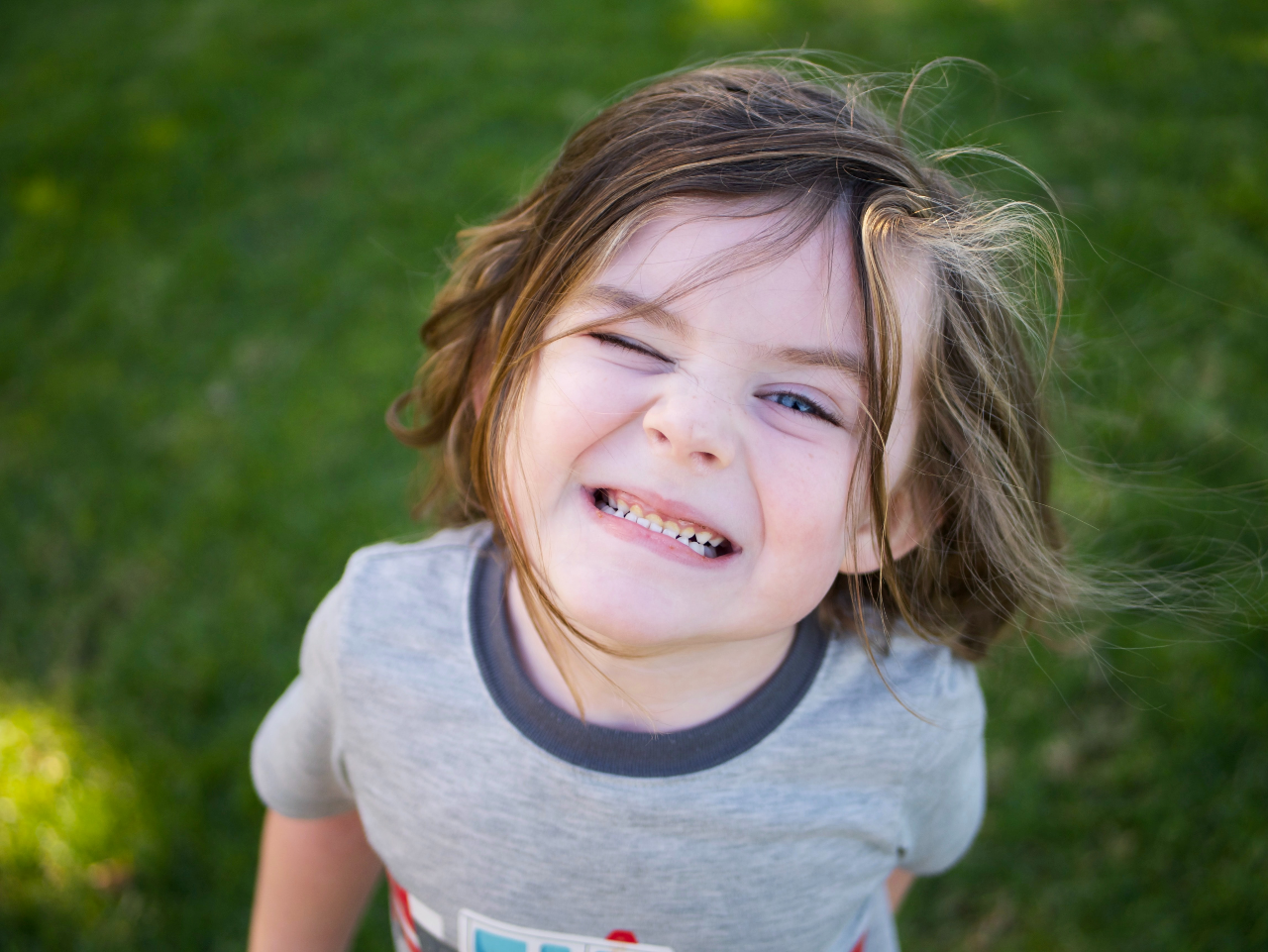
Although it seems an elitist concept, addressing only those who “can afford it”, EOTAS = Education Otherwise Than At School, has become an accessible alternative for a growing number of parents, especially those who work from home.
It seems that more and more people are choosing this option, not only because it allows them to be closer to their children, but also because it contributes directly and reciprocally to the growth and development of both children and parents.
There are many cases where a parent has the necessary skills and the willingness to become the mentor of his/her own child. Many small communities where parents take turns on various subjects have developed. Parents help each other out and contribute to the education of the children within their communities.
Comparing the expenditures on meditations in the public system with those in EOTAS, the advantage is clearly towards the latter. Not only the costs are smaller overall, but they are also invested in a healthy educational process, with a recognized purpose anywhere in the world – Cambridge IGCSE and AS / A certificates are valid everywhere.
EOTAS can be done in many ways, from daily frequency, in CEREHARD micro-communities, to unschooling.
Children can take Cambridge exams (IGCSE, AS / A) or SAT & GED to access higher education institutions. The recommended tests depend on the requirements of each faculty. Those who want to enrol in Romanian universities proceed like any student from abroad who requests the equivalence of studies. Two A-levels tests or SAT + GED test are equivalent to the Romanian baccalaureate. The equivalency details can be found on the CNRED website.
For both those who opt for holistic education and those who want education according to classical standards, Cluj Study Center offers training to take the IGCSE, A / AS tests. The latter are useful for enrolling in the most prestigious universities around the world.
These tests are not mandatory, though. Many universities are currently admitting students educated outside the industrial type school based only on an interview and the candidate’s portfolio.
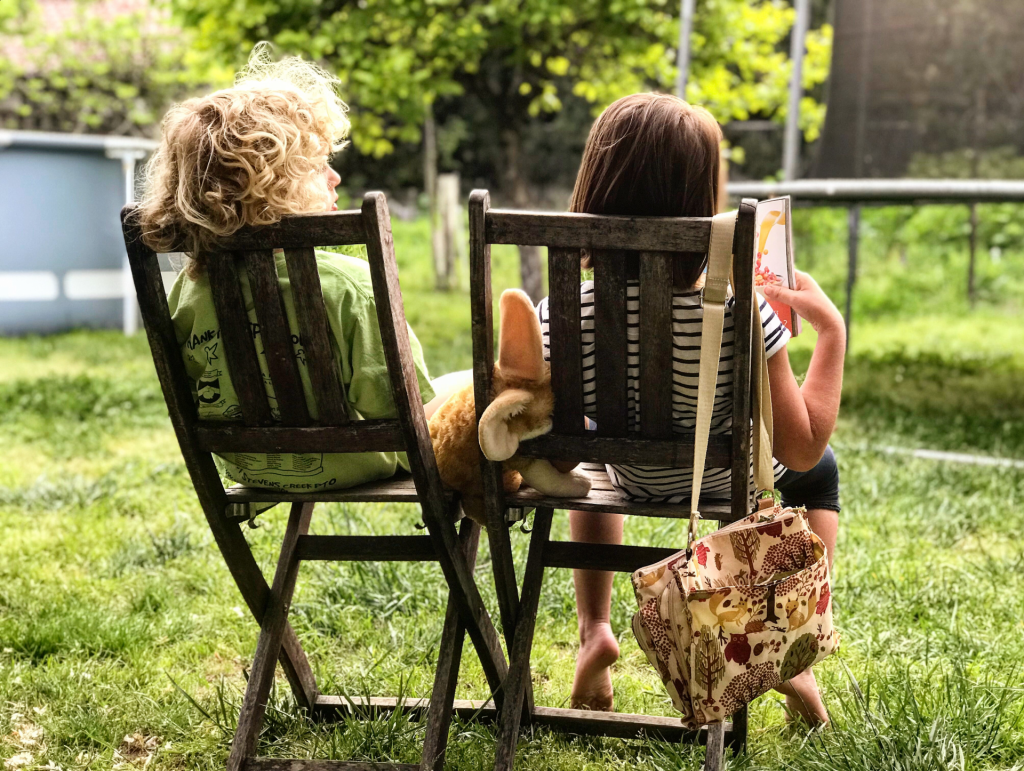
Types of educational routes:
- daily frequency, in CEREHARD centres. In this case, various projects, designed for specific age levels and interests, are carried out, with the help of Cerehard trainers. The assessment takes place informally and continuously.
- occasional frequency, in CEREHARD centres. That depends on the child’s interests and the compatibility with the group and the trainer. It is correlated with the presence in other activities outside the CEREHARD centres.
- homeschooling – it involves an online learning program in a virtual classroom, with teachers, textbooks, and standard periodic assessments.
- unschooling / no-schooling – this option is adapted to the needs and requisites of the child. It does not follow a curriculum or a program. The child is the one who guides the trainer, and the learning is done through direct and ongoing experimentation. For all these routes, the landmark is the UK curriculum. Parents and children are supported in various curricular areas by several educational platforms.
For all these routes, the landmark is the UK curriculum, and parents and children are supported by educational platforms in several curricular areas.
The British system is based not on classes but on age levels.
There are no exam-failing students or dropouts. In a same-age group, we can meet children with very different levels, and we address each one individually, based on the child’s interests and availability.
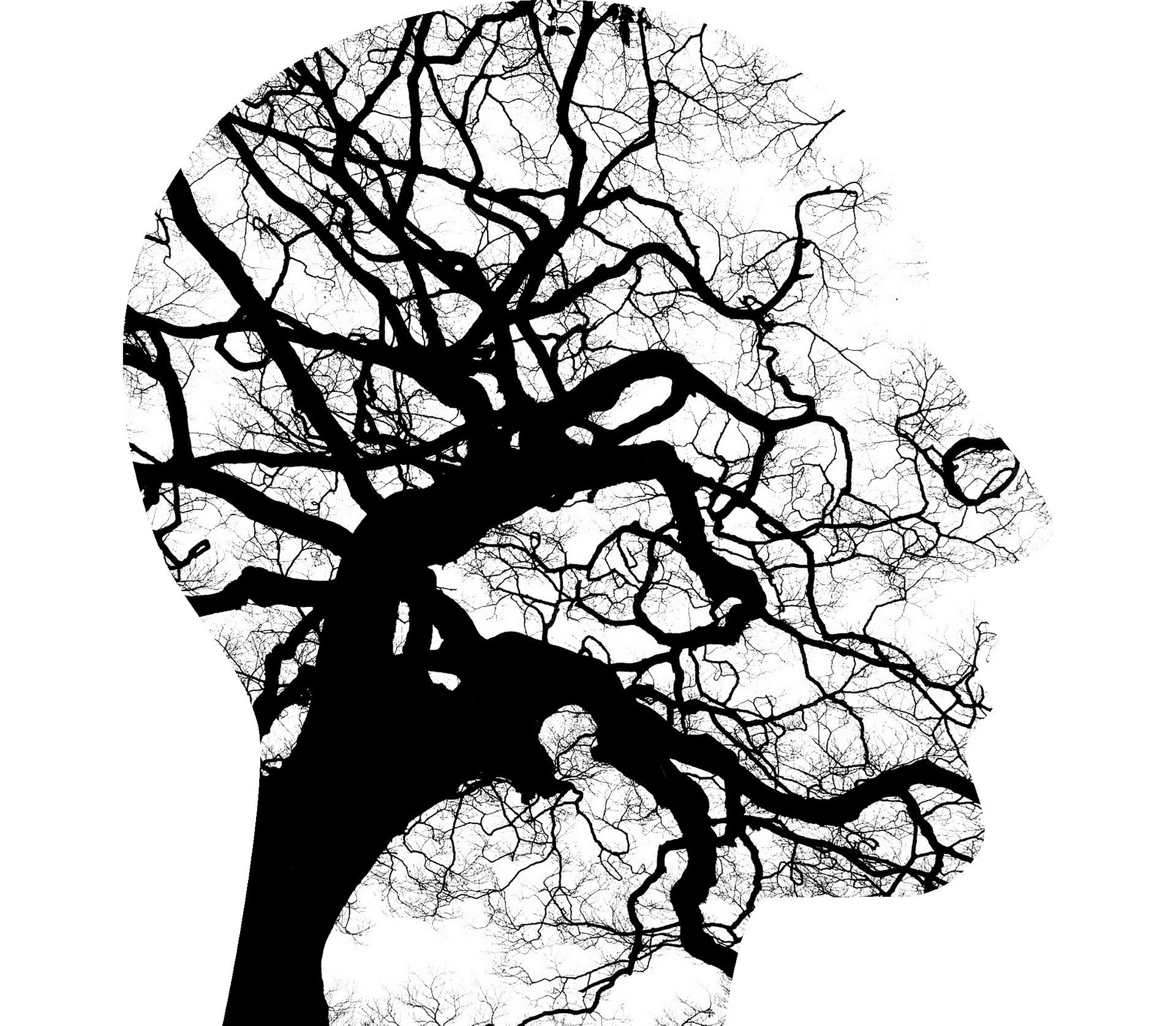
Through Re-Design and CEREHARD we promote the holistic education concept that stimulates the most complex and complete development. We want to return to the essences, to the authentic. In the Greek language, “skhole” is a term that refers to the free time spent in philosophical discussions.
Starting from this concept, that we have updated to current spiritual parameters, holistic education proposes:
- the holistic approach to human knowledge, by correlating the sciences with the arts/philosophy/history;
- the discovery/formulation/elaboration of concepts/principles applicable in any circumstance;
- correlating the concepts and principles formulated to account for natural environments (urban garden, where permaculture is practised) and artificial ones (VR);
- discovering the natural rhythm of each one and harmonizing with the rhythms of nature;
- becoming aware of all the innate abilities necessary for the development of a complex personality, able to make connections and generate knowledge.
Why Re-Design?
…Because DESIGN is a “living” word, in constant change and adaptation. In our view, it means intelligently solving any problem.
Re-Design and CEREHARD offer you personal re-configuration, starting from the data you already have. Stop, take a deep breath, activate all your senses (more than 20 discovered so far, not just the five ones learned in school) to detect the stimuli inside and outside you. Get out of the old patterns and try another option – the smartest, optimal solution, which consumes minimal resources.
Reset yourself so that your life flows in harmony with the planet you were born on, with the universe you belong to.
…Because the human being is born with all kinds of abilities, and the environment and education contribute to the selection and development of particular talents.
We often hear, we even say: “I’m not good at math/drawing/physics/music” etc. The cause of this more or less unshakable belief is, most of the time, the Cartesian type of education, on separate disciplines, which has become the “classic” model of mental setting in modern society.
The renunciation of dichotomies of art/science, rational/spiritual, human/real will allow the manifestation of all the capacities of the human being as a whole (in English, whole, hence the term holism) by removing the barriers that classical education systems and society, in general, have built.
…Because the current educational theory and practice do NOT properly consider the anatomical and physiological substratum of cognitive processes. It is necessary to understand the results of neuroscience research to understand the substratum of cognitive processes.
There is a need to configure learning environments and resources for education outside school (EOTAS = education otherwise than at school) because children can learn by themselves, needing only support and encouragement.
Neuroimaging has confirmed that the brain of an adolescent or a child processes information differently compared to the brain of an adult. In adults, the data is processed in the frontal cortex, the newest evolving area, and in adolescents and children – in the limbic system (“primitive” area), located deep in the brain, and where instinctive reactions are born – anger and fear.
Maturation coincides with the formation of closer cortical connections. The instinctive reactions generated in the amygdala nuclei are regulated in the frontal cortex, where organisation, reason, and morality reside. An active frontal cortex is a sign of emotional maturity and intelligence.
The amygdala nuclei in the limbic system are connected to the prefrontal lobes of the brain through specialised circuits, thus building the neurological mechanisms of emotional life. Every emotion is “processed” in specific areas of the brain. These areas are linked directly to the limbic system, which allows the formation of the register of emotional memory.
The emotional memory, stored in the hippocampus, is also under the influence of the neuroendocrine system. The positive reactions of the prefrontal neocortex are slower. In children, emotional reactions can be trained through programs to know the “positive” and “negative” states.
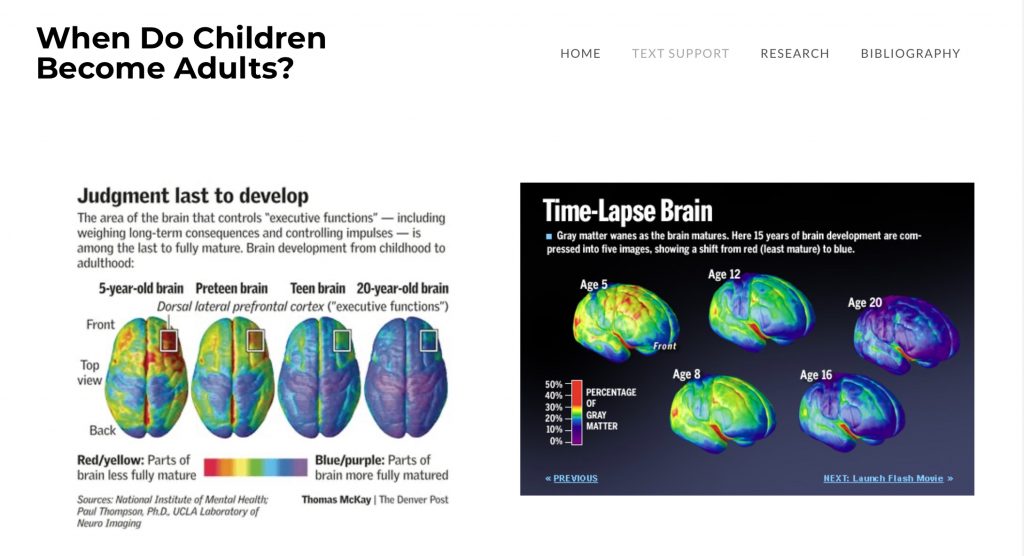
…Because we are in the stage in which the saying “know thyself and thou shalt know the whole Universe” can be reconsidered in the light of current knowledge. Daniel Goleman, the author of Emotional Intelligence, states that “we have two brains, two minds, and two different kinds of intelligence: rational and emotional.”
We suggest that it is necessary to overcome this stage, as well, by sublimating the rational/emotional dichotomies into a much deeper understanding. We need to connect our feelings and experiences within a complete and complex process of awareness, comprising all aspects of existence.
The primary way to get to know yourself is through education.
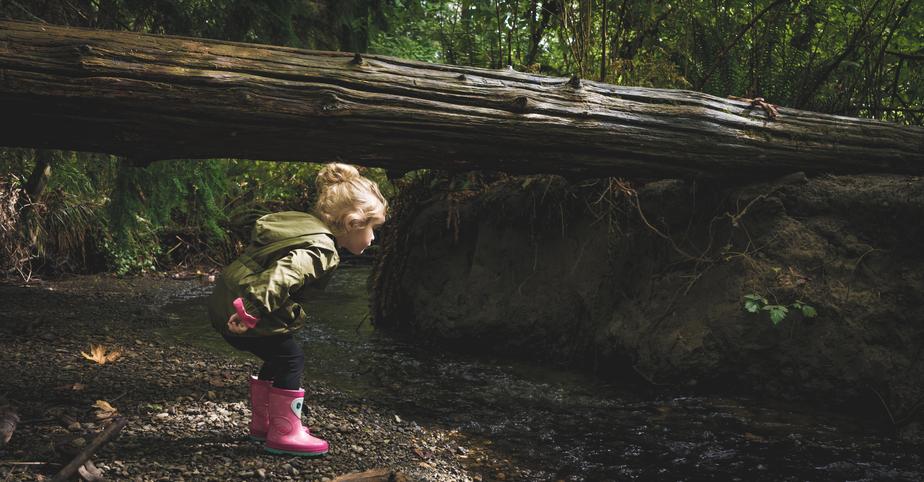
The term “holistic” comes from the Greek word “holos” meaning whole. This “whole” is something more and something different than the sum of its parts, just like the human body is something more and something different than just the sum of its organs. That is because of the interactions among the latter.
Holism is a mental attitude – you look at something from all possible angles.
You examine a tree from afar and say: it is tall, it is green, it has roots, stem, leaves. The sun casts the tree’s shadow on the ground. That shadow increases and decreases depending on the time of day, as well as on the tree’s height that also changes over time. If you approach it, you see his details much clearer. You know it is a living being doing everything that a living being is supposed to do – feels, breathes, feeds, grows, excretes, reproduces.
All functions are correlated. You cannot completely isolate them from each other, and they cannot be performed separately. Holism consists in finding correlations and realising that we humans are also part of a whole that, fortunately, can function in our absence.
We are interpretations and reinterpretations of the same “substance” that makes up the entire Universe. The ancient Greeks’ need for categorisation created the 2500 years old model of body, soul and spirit, of which we are so fond that we can not relinquish it. It is present in all religions. So is the story of the two halves seeking each other all their lives, a story put together around the same time. In fact, no one can explain the phenomenon called “life”, or the “psyche/anima”, as the ancients called it.
For the last century, we have kept trying to corroborate everything that we have learned and inherited over the last thousand years with the novelty of scientific discoveries.
In education, holism means correlating all the aspects we observe when we study something.
We read and retrieve information from a multitude of sources. When we use our intelligence and discernment to corroborate that information, we attain knowledge. Both news and fake news are equally useful. They both challenge and assess our ability to discern the information. After all, our survival as a species depends on the clarity and the speed used to make decisions. In other words, on adaptability.
Holistic education is done through interdisciplinary projects. An example of such a project is (learning about) photosynthesis. It involves notions of physics (waves, optics, quantum theory), chemistry (inorganic and organic), molecular biology and mathematics (surfaces, equilibria, mathematical analysis). We start by studying the phenomenon as a whole, and then we gradually pursue each of its aspects while the level of understanding and internalisation increases.
Curiosity remains just as vivid or even amplifies by knowledge deepening.
The fundamental condition is, however, perceiving the whole.
Anything that arouses a child’s curiosity can become a project: why the light bulb lights up when pressing a button, where old cars go, why does one have to eat or sleep, what do animals think about us (beyond anthropomorphising stories). Any mind-consuming question is a starting point of an expedition.
In 2013, I started an EEG study to show that those educated holistically, on projects, developed complex and lasting connections between brain areas, which is the basis of healthy brain maturation.
Below, you can find a similar project designed by Stanford University, a valuable confirmation of the idea from which we started.
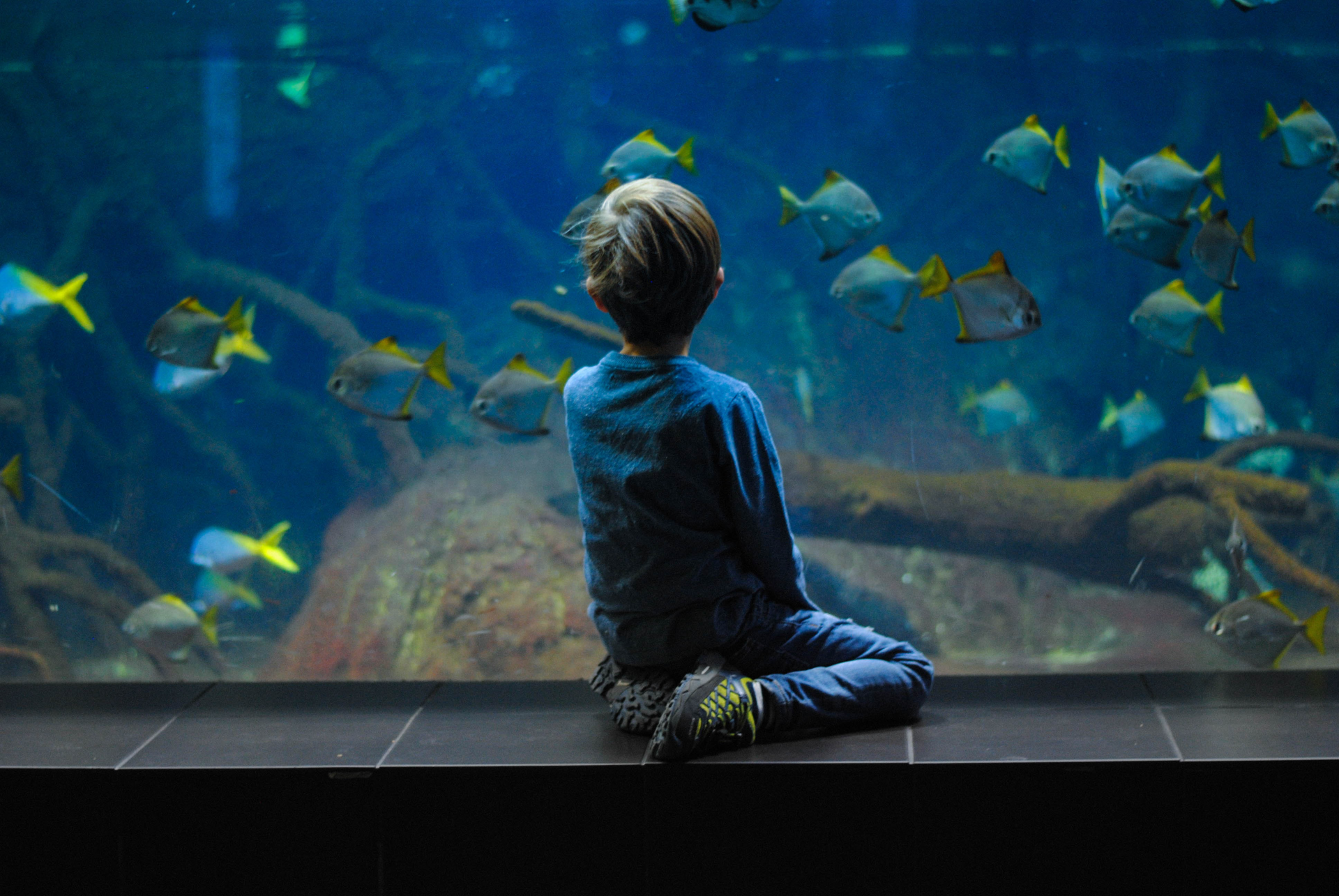
All over the world, education is going through reform. The old paradigm of education based on memorization and reproduction of existing knowledge needs to be changed.
During an episode of the “Știință și Cunoaștere” (Science and Knowledge) show on TVR Cluj, I talked with Prof. Julian Hingley about the need of changing the education paradigm and the role of neuroscience in configuring effective solutions for teaching and learning.
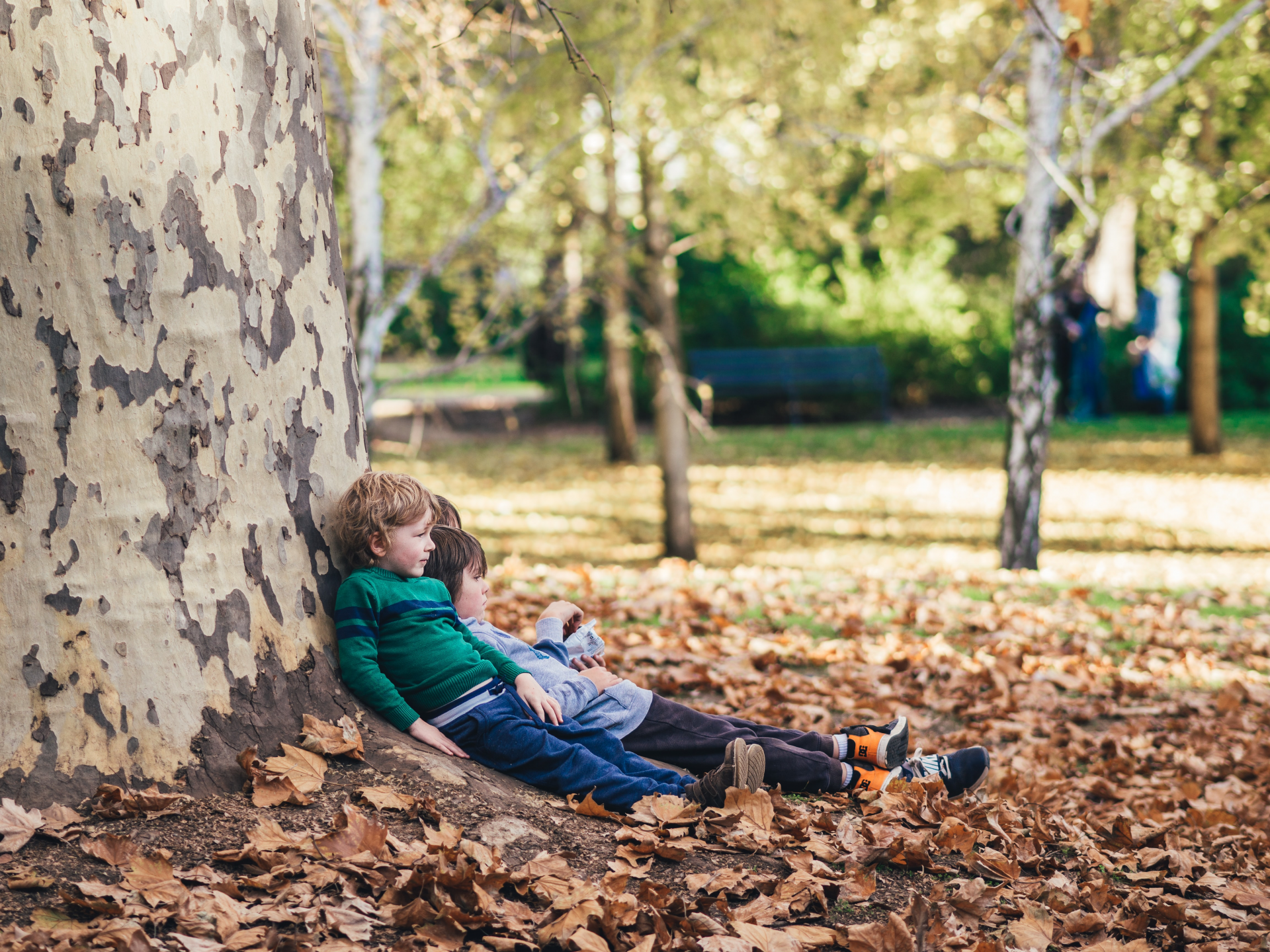
It’s already Sunday, but I’ll still write a “Saturday confession”.
On Sunday, April 1, we have a meeting at Bucurania, a nice centre where Sonia Vasilescu creates a piece of heaven for small children. A few more meetings are scheduled for next week. Some people don’t even believe in our existence and feel the need to “touch” us.
Yes, we exist, as a free school where children can explore at will, without fear of “spoiling things” or “wrongly behaving”.
It is a school where you come to when you need it, choosing the man or the team you need.
This Saturday confession is about doubt. It is about finding out that, no matter how good of an idea, the reaction of society is one of “apprehension”. It is about the fact that, after years of torment, hard work, costs and sacrifices, the doubt remains. (In psychology, this is the story of the stranger who enters the city). It is about the automatic thoughts telling us that what has long been accepted by many generations before must be good.
For the next meetings, I was advised to bring “documents” attesting that our school is going through an accreditation process. Sure, no problem, I can bring in any “documents” one wishes, but I wonder if those who ask for this have ever considered asking the “state” or the “private schools” to present “documents” that certify their existence.
If we, as a society, would ask the institutions (the state) for those “acts” that certify that they can fulfil the tasks for which they are paid and guarantee the physical and mental safety of the children they care for… I think we would have huge surprises, from fire safety to the assessment of educators caring for our children.
Doesn’t seem strange that, after 12 years of school (soon, 15), most people have to take courses in “personal development”, “awareness”, “healing”, and so on? Isn’t it strange that there is this need to repair the damage, most of the time, irreversible, created by a collapsing system?
Most parents complain about the system but can’t break out of it. Many of them prefer to place a child on the coordinates of “something” they think they know because they had followed that “path” (the path of lies, cognitive dissonance, and “bipolarism”). The apotheotic end is a double-standard life, shallowness, acceptance of the “necessary evil” (in other words, “bad with evil, but worse without evil”).

Everything is stored in the genetic and epigenetic codes. The neural networks that guide us are built on models configured in the brains of our parents, grandparents and great-grandparents. The maltreatment of one’s ancestors can be traced on the connectomic maps of the grandchildren’s brains. The “tradition” becomes a religion, out of the need for security, “constant”, and familiarness.
Nothing is more comforting than the idea of the “safety of tomorrow’s day”, although this security does not exist.
All sorts of “methods of healing the body/soul/mind” have proliferated. They are built on fear, ignorance, and insecurity, traits acquired during school years in an institution that should have taught us to know ourselves.
Have you ever wondered where the child’s “whys” disappear?
After the age of 11 or 12, they fade and then are heard no longer. That is not because the little questioners have already received answers, but because their questions flew empty, hitting the walls of indifference, dualism, and perfunctoriness. The walls of ignorance.
The other day, a philosopher pointed out an interesting phenomenon: many publishing houses focus on “translating” the masterpieces of universal literature in a language “of childhood”.
That is a useless or even damaging undertaking. The child understands nothing of those stories that can only be understood by people who have gone through the “initiation” described by those literary works. Furthermore, because of this lack of understanding, the child also forms an aversion to those experiences.
Will we be able to give children back their childhood? Have you ever noticed that no children sing anymore?
I’m not referring to sex-infused lip-synched twaddling, but the chants essential for normal and balanced brain development.
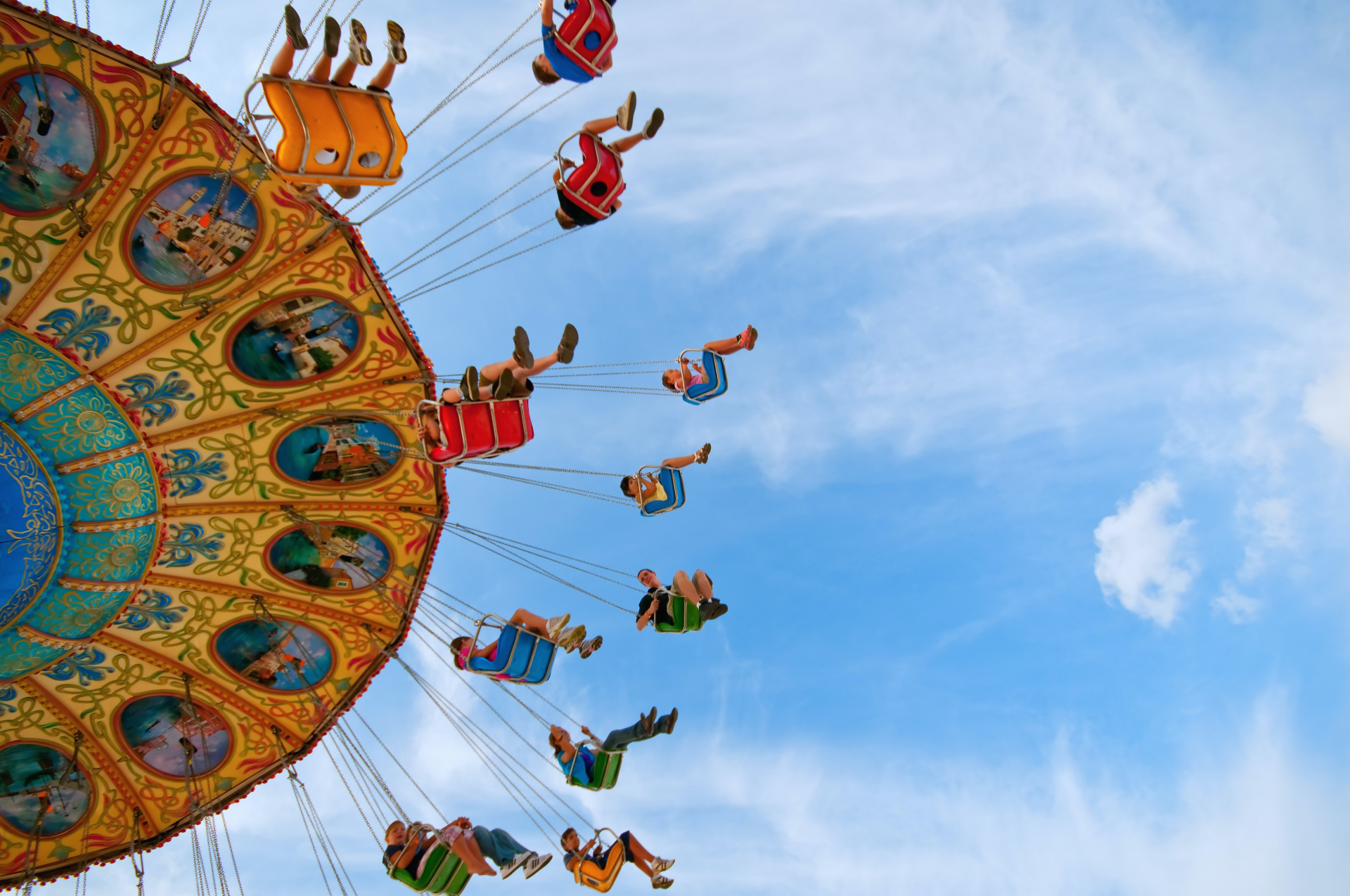
În trecut, majoritatea oamenilor era analfabetă, obligată să trăiască din muncile câmpului. Convingerea că ştiutorii de carte îşi pot găsi mai uşor de lucru i-a motivat pe unii părinţi să-şi dea copiii la învăţătură.
Marcel Căpraru, profesor la Universitatea din Craiova (departamentul pentru pregătirea personalului didactic), afirmă că învățământul obligatoriu a apărut în 1819 într-un stat totalitar – Prusia – după principiul „trebuie să facem o Germanie Mare, să unificăm limba germană şi toţi germanii să gândească la fel şi să respecte ordinele, cel puţin în problemele mari”.
După Johann Gottlieb Fichte: „Educaţia ar trebui să aibă drept ţel distrugerea liberului arbitru, astfel ca, pe parcursul întregii lor vieţi, viitorii cetăţeni să nu mai fie capabili că gândească sau să acţioneze altfel decât au fost educaţi de către profesorii lor… Psihologul viitorului se va ocupa de clase de elevi pe care vor fi testate diferite metode de a-i convinge că zăpada este neagră. Atunci când tehnica va fi fost perfectă, orice guvern care a contribuit la educaţia mai multor generaţii va fi capabil să-și controleze cetăţenii fără ajutorul armatei sau al poliţiei”.
Bertrand Russell citându-l pe Johann Gottlieb Fichte, The head of philosophy & psychology who influenced Hegel and others, Prussian University in Berlin, 1810.
Noi suntem obişnuiţi cu ideea că „prin sistemul de învăţământ, copiii sunt daţi pe mâna unor specialişti în educaţie, care, pe lângă specialitatea lor, au studiat pedagogia, psihologia şi metodicile predării. Ca unul care, zeci de ani am studiat şi predat aceste discipline, pot să afirm că nu sunt ştiinţifice.
Aşa cum o bună perioadă, în ţara noastră şi în multe alte ţări s-a predat disciplina numită Socialism Știinţific (mulţi universitari şi lectori în universităţile populare şi-au construit o carieră în jurul acestei discipline) şi s-a dovedit în realitate că aşa ceva nu există, tot astfel Știinţele educaţiei sunt articulaţii logice, uneori bine închegate, dar construite pe postulate false. Metodicile, de exemplu, sunt un fel de reţetar cu principii, norme, metode, strategii şi tehnici, dar, ca orice reţetă se adresează oamenilor bolnavi, nu spiritelor vii.
Cercetările psihologice asupra învăţării, de la Thorndike, Skinner, Kohlberg sau Pavlov s-au făcut pe animale, şoareci, câini, pisici, porumbei, maimuţe etc. şi au fost transferate la modul cum învaţă copiii, iar cele pedagogice sunt caduce, pentru că, odată introduşi copiii într-un mediu artificial – şcoala – separat atât de societate cât şi de natură, nu poţi obţine, prin observare sau experiment nimic valabil.
E ca şi cum ai aşeza un fluture sub un clopot de sticlă, i-ai observa mişcările şi zbaterea şi ai crede că ştii totul despre fluturi!”.
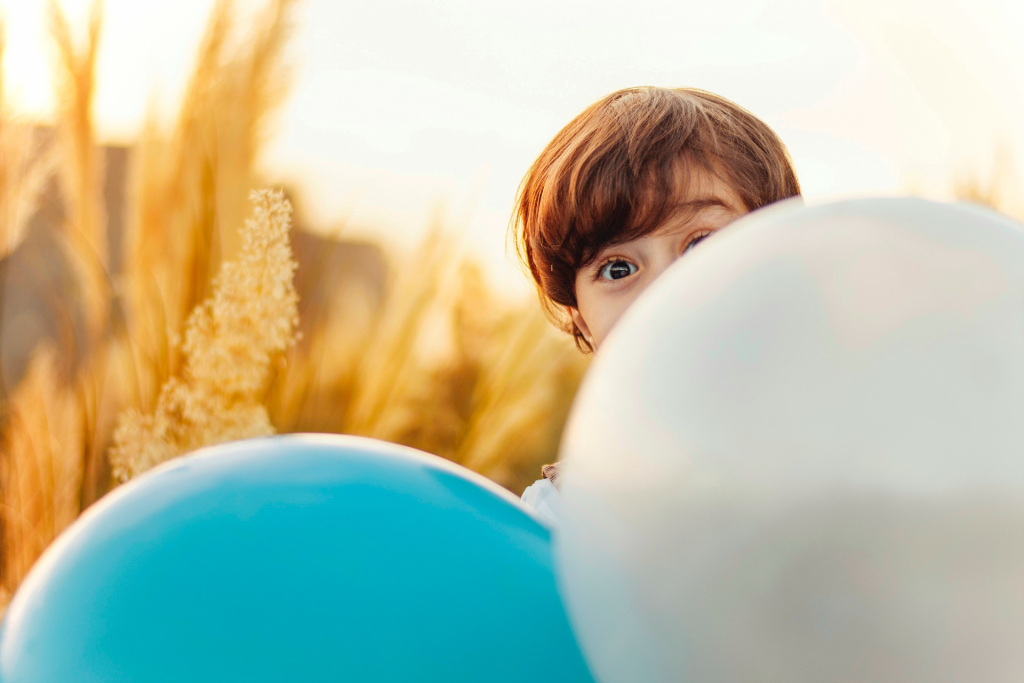
Ca biolog, nu pot decât să susțin o astfel de opinie, deoarece omul nu este o un obiect care să reacționeze la fel în cadrul aceluiași experiment, repetat în condiții perfect identice.
Celulele, fiinţele vii, sistemele sociale pe care acestea le alcătuiesc sunt sisteme complexe. Biologia, într-o școală a viitorului, ar trebui să se ocupe cu studiul relaţiilor dintre părţile componente ale unui sistem, al modului în care aceste relaţii determină comportamentul în ansamblu al sistemului precum şi modul în care sistemul interacţionează şi creează relaţii cu mediul înconjurător – actualmente preocuparea domeniului complexităţii.
Trăim un timp al conştientizării, poate al eliberării de raționalismul excesiv.
La începutul secolului al XVII-lea, Descartes a introdus conceptul de metodă ştiinţifică de investigare, schimbând fundamental modul în care căutăm răspunsuri la întrebările fundamentale.
Metoda ştiinţifică pune accent pe individualitatea şi pe separarea lucrurilor, astfel că entităţile puteau fi înţelese doar prin disecarea şi analiza componentelor individuale, iar cercetătorul era doar un observator pasiv al fenomenelor exterioare.
Această paradigmă a rămas neschimbată mai bine de 300 de ani. Odată cu teoria relativităţii a lui Einstein, care a marcat începutul de secol XX, observatorul nu mai este în afara fenomenelor pe care le studiază: toate modelele pot fi descrise doar în raport cu observatorul. Rolul gândirii în construirea realităţii a devenit un subiect de dezbatere, care a rămas la fel de actual şi în zilele noastre. Fizica cuantică vine cu o imagine enigmatică a naturii realităţii.
Niels Bohr spunea că nu are rost să vorbim despre proprietăţi şi caracteristici ale unei particule care nu poate fi observată. Fizicianul David Bohm a descoperit că atunci când un gaz devine plasmă, electronii încep să se comporte ca un întreg, angajându-se într-un proces de auto-organizare; el a susţinut că numai un punct de vedere holist ar putea explica coordinarea electronilor în sistemele plasmatice cu energie mare şi că spaţiul în sine este o iluzie, deci discuţia despre separarea lucrurilor la nivel cuantic nu are nici un rost.
Viziunea noastră carteziană asupra lumii persistă – avem tendinţa de a descompune lucrurile în părţi mai mici, cărora le dăm nume. Conform teoriei lui Bohm, însă, separarea lucrurilor este doar o iluzie, toate lucrurile fiind, la rândul lor, părţi ale aceluiaşi continuum intact. Ne raportăm la un sistem de referinţă format din trei dimensiuni ale spaţiului, la care se adaugă dimensiunea timpului.
Conform fizicii cuantice, realitatea este alcătuită dintr-un număr infinit de (uni)versuri care coexistă simultan, dar noi nu avem senzori pentru perceperea altor dimensiuni.
Legăturile dintre dimensiuni se realizează prin intermediul unor singularităţi ale spaţiului-timp, găuri negre în vecinătatea cărora legile fizicii, aşa cum le formulăm noi, nu se mai aplică şi care reprezintă punctele de trecere dintr-un univers în altul. În apropierea acestor puncte de legătură dintre planurile universului, spaţiul şi timpul suferă modificări observabile.
Cum facem faţă, din punct de vedere educaţional, acestor schimbări de concept?
Cum poate face față școala, nu numai ca instituție dar și ca paradigmă, provocării de a educa ființe umane deja educate prin expunerea la informație pură?
În condițiile în care tot ce se poate ști, la ora actuală, este accesibil, singura îndatorire a școlii este aceea de a sprijini ființa umană în dezvoltarea sa și de a o ajuta să discearnă între adevăr și impostură. Nu mai este loc de soluții impuse – profesorul are nevoie de acea cunoaștere (nu doar de cunoștințe + competențe) care să-i permită să susțină un dialog cu un elev care explică, la 11 ani, soluția teleportării (care ar fi inversarea spinului electronilor…).
Un raport publicat în 2010 asupra educației viitorului – The Future of Learning: European Teacher’s Vision – afirma că în următorii 20 de ani se vor înregistra mai multe schimbări fundamentale în ce priveşte procesul de predare/învăţare.
Obiectivele învăţării se vor concentra mai ales asupra competenţelor, nu atât a acumulării de cunoştinţe.
Dezvoltarea capacităţilor de a analiza, de a rezolva probleme, de a colabora și negocia, de a inova precum şi de auto-administrare a propriei fiinţe sunt absolut necesare pentru a putea face faţă viitorului.
Dezvoltarea şi managementul propriei personalităţi reprezintă o competenţă cheie pe cât de nouă pe atât de importantă, alături de conştientizarea ritmurilor planetare şi a rolului fiecăruia într-o lume aflată în permanentă schimbare. Matematica, limbile şi tehnologia informaţiei rămân, în continuare, fundamentale în dezvoltarea competenţelor fiecăruia de-a lungul întregii vieţi.
Învăţarea se va face în funcţie de nevoile şi preferinţele fiecăruia, facilitând evoluţia personală.
Motivaţia, performanţa şi calitatea educaţiei se întreţin încurajând individul să-şi dezvolte propriile talente şi interese. Astfel, pentru a stimula dezvoltarea competenţelor personale, practicile educaţionale, obiectivele de învăţare şi evaluarea ar trebui revizuite periodic, pentru a evita standardizarea.
Se recomandă folosirea a cât mai multor surse şi căi de învăţare, astfel ca fiecare să-şi poată configura propria succesiune de evenimente care să alcătuiască o experienţă preţioasă de învăţare, preluând responsabilitatea propriilor decizii şi a scopurilor pe care le urmăreşte.
Învăţarea se va face activ şi va avea legătură cu viaţa de zi cu zi.
Tinerii au nevoie de identitate, pe care şi-o formează în cadrul grupului, al societăţii, în deplină cunoştinţă de cauză, conştienţi de statutul de cetăţean universal. Învăţarea va pune accent pe „a face” şi pe autentic, desfăşurându-se prin interacţiune cu ceilalţi – colegi, profesori şi alţi membri ai grupului.
Tehnologiile vor fi parte atât a învăţării, deoarece modelează, schimbă şi fac accesibile noi metode de accesare, înţelegere şi generare de cunoaştere, cât și a vieții de zi cu zi.
Oricine trebuie să devină capabil să găsească, să proceseze şi să administreze o informaţie prin intermediul tehnologiilor potrivite. Profesorii trebuie să ţină pasul cu schimbările frecvente de tehnologie, pentru a putea sprijini elevii în procesul de învăţare.
Profesorii vor învăţa toată viaţa.
Pentru a face faţă schimbărilor, profesorii trebuie să fie la zi în ce priveşte cunoştinţele din diferite domenii dar şi tehnologia.